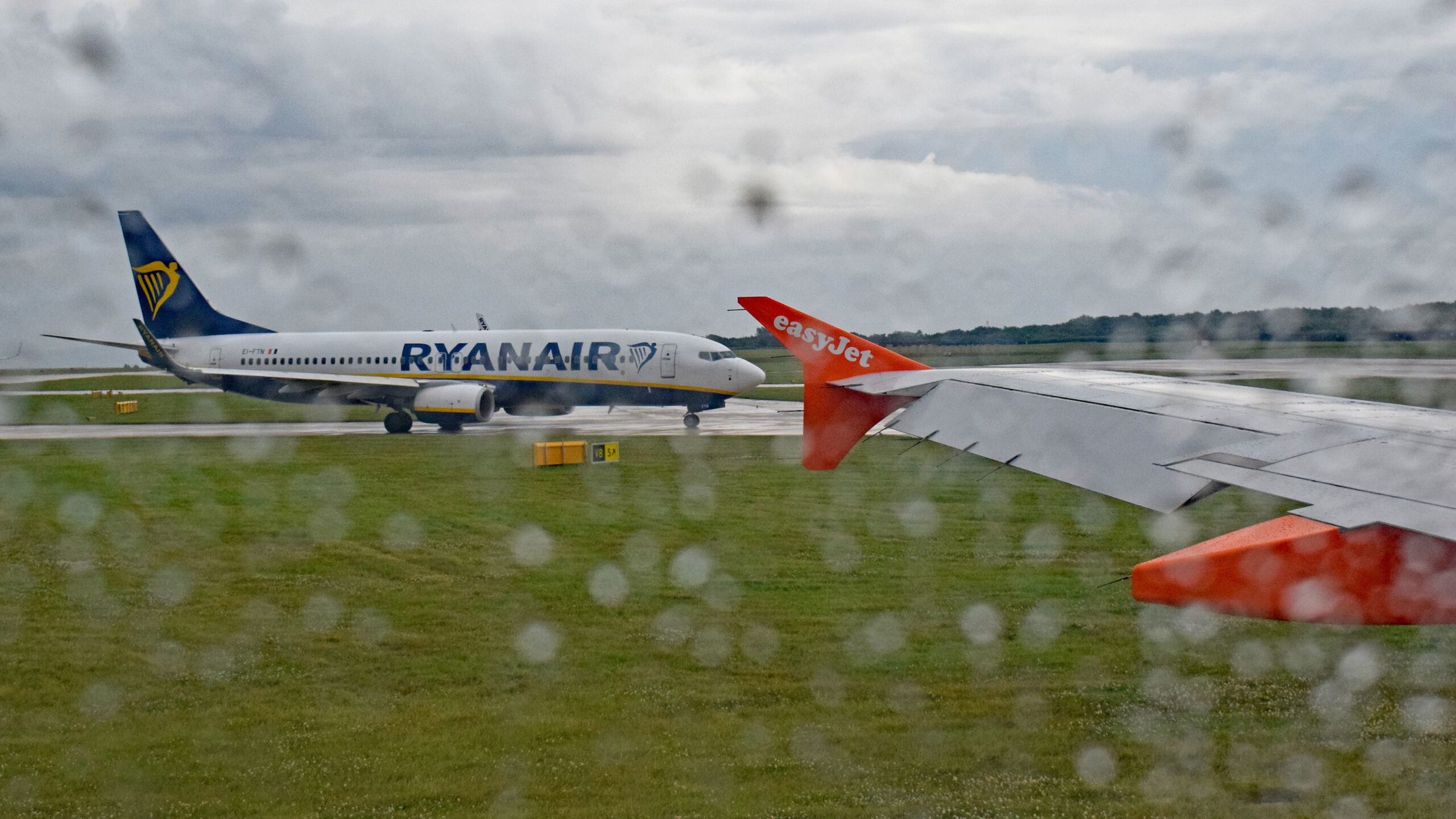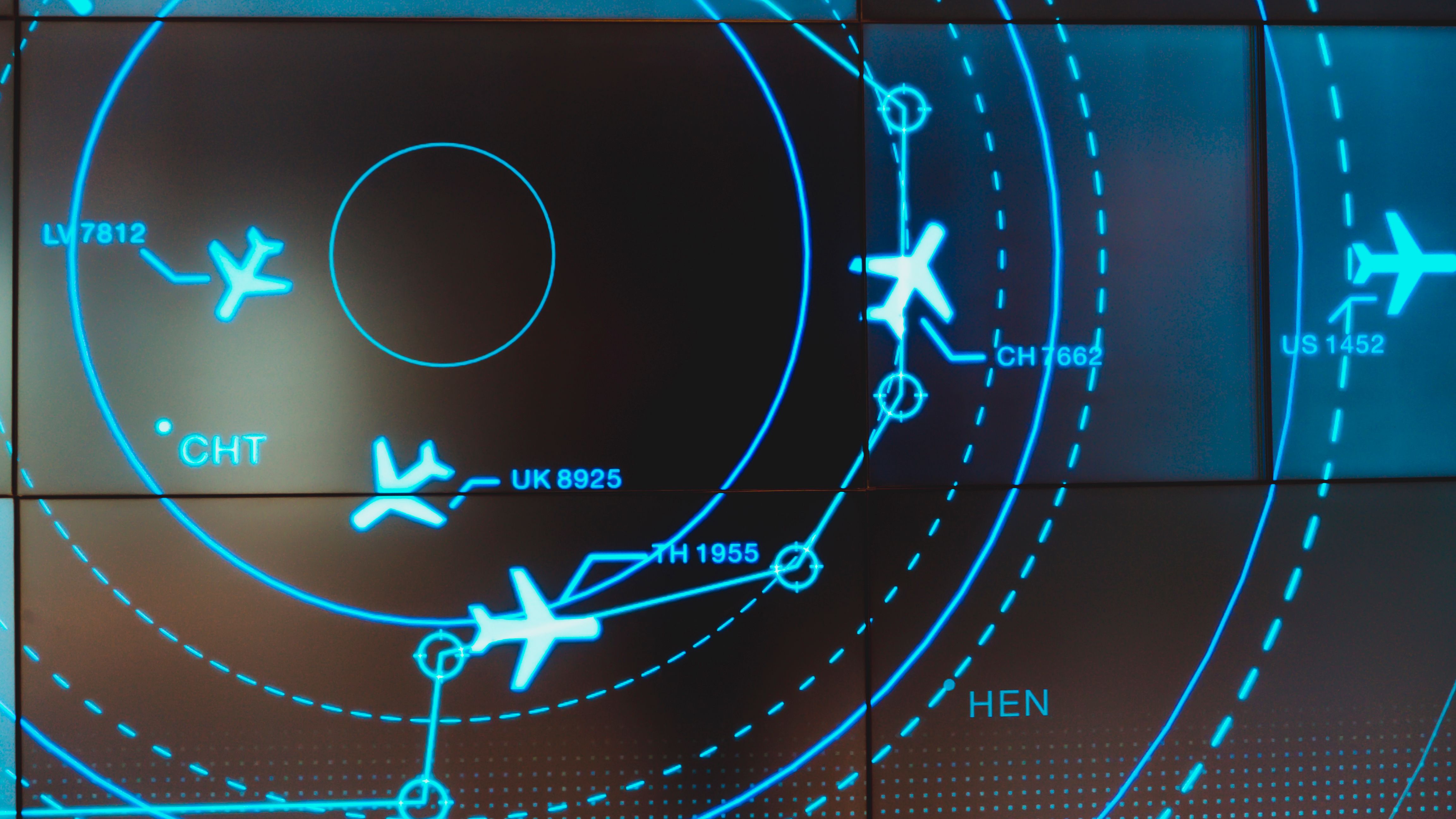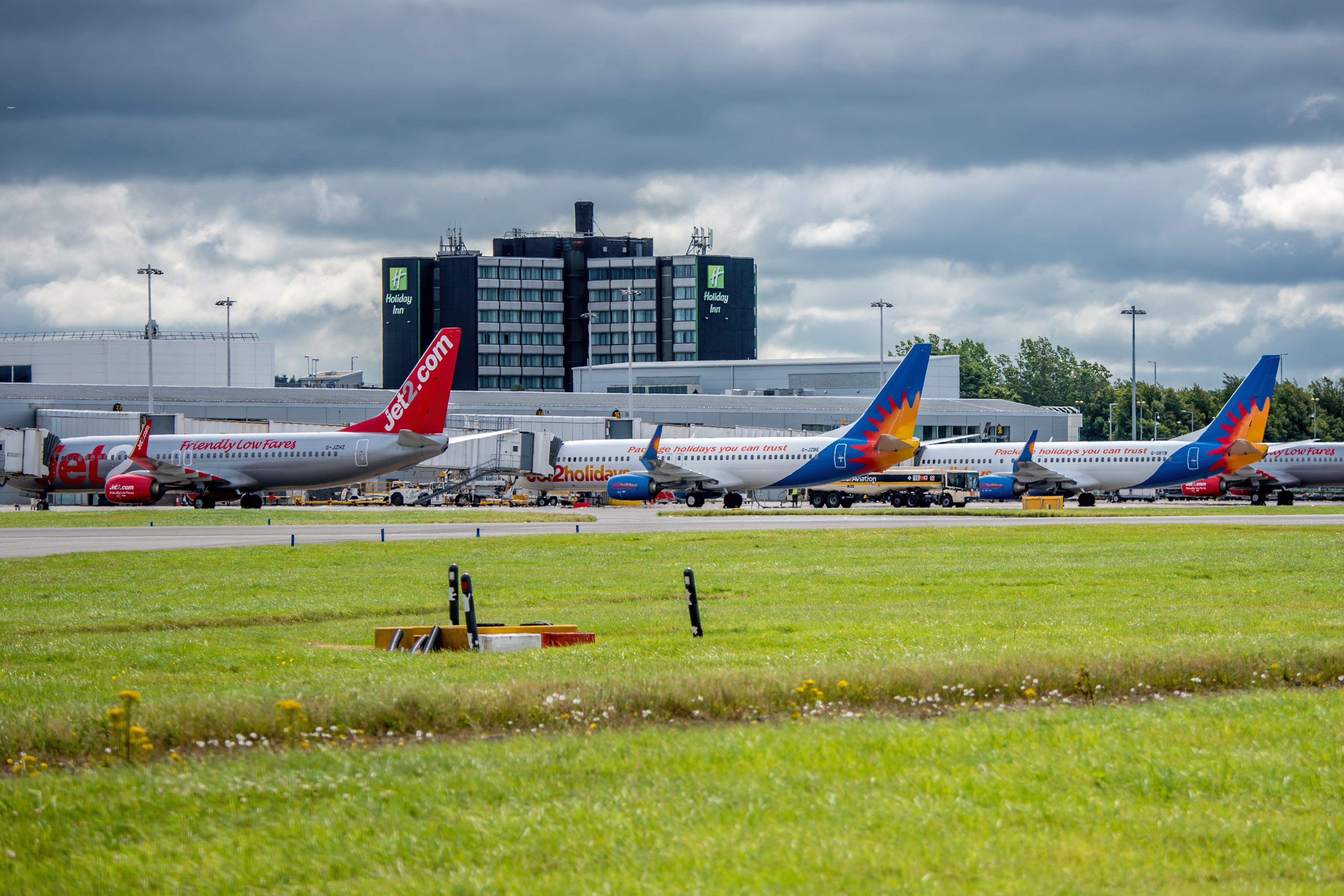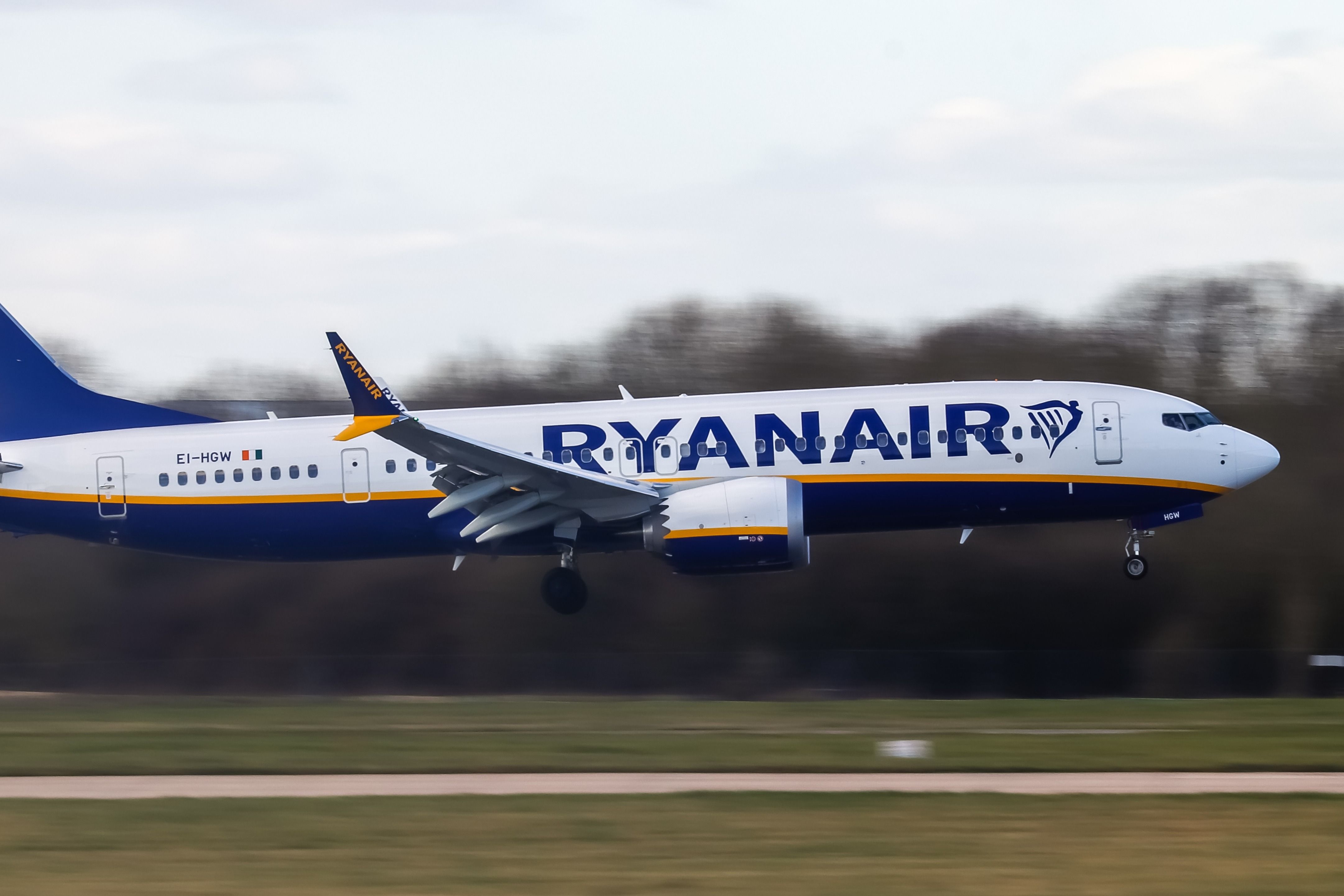A Civil Aviation Authority (CAA) independent review of the high-profile NATS IT meltdown in August 2023 has concluded that the system outage impacted more than 700,000 passengers and put the total cost of the incident at up to £100 million ($126.1 million). During the outage, a key engineer was working remotely and had to physically travel to NATS offices to resolve the problem, delaying the restoration of the system.
NATS meltdown report findings
The UK’s CAA has released a comprehensive independent report on the NATS outage that started on the morning of August 28th, 2023. At around 08:30, NATS’ flight planning system (FPRSA-R) malfunctioned after an anomaly with data received from an airline – consequently, the system was no longer able to automatically process flight plans, which had to be done manually. This understandably put a strain on resources and significantly reduced the number of processable flight plans from around 800 to 60 per hour.
Photo: CAA
The anomalous data came from a French bee flight from Los Angeles (LAX) to Paris Orly (ORY), which transmitted a flight plan that had a “grouping of six distinct attributes which, taken in combination, created a unique exception that the system was unable to process.” The ensuing system meltdown, which NATS blamed on a “very unusual technical incident,” led to over 1,600 flight cancelations on August 28th and another 429 the following day.

Related
O’Leary Wants NATS Boss Fired After Airspace Meltdown: Is He Right?
After the latest airspace meltdown in the UK, Ryanair chief executive Michael O’Leary wants the new government to fire the head of Britain’s public-private National Air Traffic Service (NATS).
The airspace disruption over the past week has also significantly impacted British Airways, Wizz Air, and easyJet.
Thousands of passengers had their flights canceled at Heathrow and Gatwick Airports on Monday due to bad weather and staff shortages at NATS. This follows a chaotic week last week, which saw a 233% increase in flight cancelations at London’s Airports, according to aviation data firm Cirium.
On September 2-8, 427 flights were canceled departing UK airports, representing about 2% of all scheduled departures. Heathrow saw the most departure cancelations during the week (165), followed by Gatwick (87) and London City (36).
Arrivals into UK airports were also impacted, with 408 cancelations during the same seven-day period, about 2% of all scheduled arrivals.
On Sunday, 53 depar
The report estimates that airlines lost around £65 million ($81.9 million), on top of other “substantial costs” incurred by passengers, airports, insurers and tour operators that take the total cost to between £75 million ($94.6 million) and £100 million ($126.1 million). UK airport trade body AirportsUK described the outage as having “the biggest impact on aviation operations since the 2010 Icelandic volcanic eruption.”
Photo: Liner | Shutterstock
UK Transport Secretary Louise Haigh said,
“The NATS IT failure last year was an unprecedented event that we all hope never happens again. My department will look to introduce reforms, when we can, to provide air travellers with the highest level of protection possible.”
Of the 700,000 passengers affected, around 300,000 experienced flight cancelations, 95,000 suffered long delays, and another 300,000 had short delays. Scores of travelers were left stranded overseas due to the system outage, with many being affected for several days before they could get back home. The worst-hit airlines for cancelations were easyJet (37%) and IAG Group airlines (26%), while the longest delays were experienced by Jet2 (28%) and Ryanair (18%).
Expert engineer delay
The system failure took a lot longer to tackle as a key engineer was working remotely that day. The NATS Level 2 engineer was contacted 34 minutes after the outage started, but was not able to resolve the problem remotely as their password could not be verified. They were then asked to travel to NATS offices, arriving more than three hours after the glitch was first noticed, and systems would not be restored until 14:30 that afternoon.
Photo: Bradley Caslin | Shutterstock
The CAA report has put forward a range of recommendations to ensure such a meltdown doesn’t occur again, placing particular emphasis on passenger welfare. It has also recommended that NATS implement more robust contingency procedures and keep operators updated with better information. Panel Chair Jeff Halliwell said,
“Our recommendations focus not only on improving NATS’ operations but, even more importantly, on fostering better sector wide collaboration to enhance passenger care during future incidents.”




